Would you like to discover the Manu National Park? The area with the greatest biological diversity on Earth awaits you with thousands of species, trails through the Peruvian Amazon jungle, and communities that preserve unique ancestral knowledge. From pre-Inca petroglyphs to free-roaming jaguars, here nature is not shown, it is lived. Discover it slowly and step by step.
Explore Manu National Park, a biodiversity paradise between the Andes and the Amazon
Manu is not just a park; it is a natural adventure across rivers, the jungle, and native villages. You will find cloud forests, giant trees, waterfalls, unique orchids, and birds like the cock-of-the-rock and macaws. You might also encounter snakes, caimans, or even a jaguar. Here’s how to get to the heart of the Peru amazon!
What is the National Park Manu?
Manu National Park is a vast natural refuge covering over 1.9 million hectares in the heart of the Peruvian Amazon. It protects an immense variety of species and landscapes found nowhere else.
Why is Manu important?
It is considered the most representative natural reserve of the Peru Amazon jungle, protecting extraordinary Peru biodiversity. Its territory ranges from 150 to 4,100 meters above sea level, with ecosystems that provide unique conditions.
Where is Park Manu located?
Manu Park is in southeastern Peru, on the eastern slope of the Andes, about 650 km from Puerto Maldonado. It spans areas of Paucartambo (Cusco) and Madre de Dios, from the heights of Apu Kañajhuay down to where the Manu and Madre de Dios rivers meet.
Stories and history of the origin of Manu
Origin myths of the inhabitants of Manu
According to the Kipatla myth, Tasorintsi created the Matsigenka people and everything that works well in nature. In contrast, Kentivakori gave origin to what causes discomfort, such as biting insects, poor soils, or snakes. At first, people only knew red clay. Then, Kashiri, the moon, fell in love with a young man and taught him to grow cassava, use tobacco, and prepare poison for fishing.
Traces left by the first inhabitants of Manu
The first to inhabit the Peru amazon in the Manu region were the ancient pre-Inca peoples known as the Pusharo. They left signs of their presence through petroglyphs carved in stone. Engravings have also been found on the Xinkiori cliff near the Qeros River. These marks tell part of their story without words.
The Inca conquest in Manu
During the Inca period, Pachacutec and his son Túpac Yupanqui extended their domain to Manu and the peru amazon, conquering Antisuyo territories up to areas of Ecuador and Colombia. After being integrated, local tribes offered the Sapa Inca feathers, gold, and coca leaves. This started an exchange of products linking distant regions.
Expeditions, conflict, and protection of Manu in the 18th century
- In this century, many expeditions to the region began in search of “Paititi”, the lost city of the Incas.
- In the 19th century, uncontrolled rubber extraction led to the exploitation and disappearance of several native communities.
- In the 20th century, missionaries like Dominicans and Jesuits, and mineral seekers, ventured into the forest. However, they did not reach the deepest areas due to the dense nature of the Manu Park.
- After several studies and recommendations, in 1973 the Manu National Park was officially created to protect its flora and fauna. In 1987, UNESCO declared it a World Heritage Site.
The Manu National Park today
It features three types of reserve zones
- Low mountain forest: home to abundant orchids that give special charm to the humid landscape.
- Rainy mountain forests: giant trees rise here, and a great variety of butterflies flutter among the vegetation.
- Amazonian plain or low jungle: the area with the highest diversity of flora and fauna, where each species plays a role in the natural balance.
It also presents a cultural division
- Reserved zone: The largest part of Manu Park with restricted access to protect habitats. It houses rare animals and over 800 bird species.
- Cultural zone: Home to indigenous communities such as the Matsigenkas, Amahuacas, Harakbut, Yine, and Mashco-Piro, who preserve their traditions.
- Special use zone: includes educational, touristic, and research centers, along with eco-lodges and culturally valuable spaces.
It shows the astonishing Peru biodiversity of Manu
- Between 2,000 and 5,000 plant species.
- 1,650 tree species.
- 750 species of orchids.
- 1,307 butterfly species.
- Over 228 mammal species.
- 1,030 bird species.
- 132 reptile species.
- 158 amphibian species.
- A great variety of freshwater fish.
- Also, rare species are still under study.
Recognitions that make Manu Park unique worldwide
- In 1973, it was declared a National Park of Peru to preserve its natural diversity.
- In 1977, UNESCO named it a Biosphere Reserve.
- In 1987, UNESCO declared it a World Natural Heritage Site.
¿Did you know…?
Manu has become a key area for research and study of nature. Every year, scientists from various countries visit this part of the Peruvian Amazon jungle to learn more about its vast diversity.
Plan your adventure in Manu National Park
How to get from Cusco to Manu?
From the city of Cusco
From Cusco, the journey to the Manu National Park begins with a 280 km road trip to the town of Atalaya, which takes around 12 hours. Then, the trip continues by boat along the river for another 12 hours. Finally, you reach Boca Manu, a key access point to this special part of the peru amazon.
From Puerto Maldonado
From Puerto Maldonado, take the Interoceanic Highway to the town of Santa Rosa, a trip of about 1 hour and 30 minutes. Then cross the Inambari River by boat for about 5 minutes to reach Puerto Carlos. From there, travel 30 km more by road, about 1 hour, to the town of Boca Colorado. Finally, navigate the Madre de Dios River until reaching the Limonal control post, already on the Manu River.
By air
From Alejandro Velasco Astete Airport in Cusco city, you can take a helicopter to Boca Manu. This point is only 3.5 km southwest, where the Madre de Dios and Manu rivers meet. It's a fast option for those looking to save travel time.
On your own
From any part of Cusco, you can go to the San Jerónimo district. From there, buses depart directly to Paucartambo. Once there, take another vehicle to Atalaya, gateway to Manu Park.
Tickets and entrance fees to Manu
Where to buy entrance tickets?
- You can buy entrance tickets directly at the site, right before entering.
- You also have the option to buy them through authorized agencies, which makes the process easier and provides useful information for your visit. Both options are safe and valid for accessing Manu National Park.
How much does entrance to Manu cost?
The cost to enter the Manu National Park depends on the number of days you plan to stay and the areas you want to visit. Each zone has its own rules and fees, so it's important to get informed before planning your trip.
Cost of admission to Manu
| Visitors | Valid for 1 day | From 2 to 3 days | From 4 to 30 days |
| Foreigners | General $ 4 (Acjanaco) $ 9 | General $ 17 | General $ 42 |
| National | Adults: $ 4 (Acjanaco) $ 5 Minors: $ 2 (Acjanaco) $ 3 | Adults: $ 9 Minors: $ 5 | Adults: $ 21 Minors: $ 10 |
| Locals | Adults: $ 2 (Acjanaco) $ 3 Minors: $ 1 (Acjanaco) $ 3 | $ 5 | $ 10 |
Applies exclusively to visitors entering the Acjanaco tourist area.
Important fact
It is important to note that there are free entrance days to the Manu National Park, such as:
- May 29 (Anniversary of Manu National Park)
- June 24 (Cusco Day)
- September 27 (Tourism Day)
- October 17 (Protected Natural Areas Day)
- December 26 (Anniversary of Madre de Dios), and the last Sunday of every month
What to do in Manu National Park?
Admire the Tres Cruces viewpoint
Located 45 km from Paucartambo, in the Acjanaco pass at 3,800 meters of altitude, this viewpoint is in the high Andean southern tip of the park. From here, you can enjoy sweeping views of the Andes and Amazonian sunrises. It’s known as the gateway to Manu park.
Visit the four lagoons: Juares, Brashco, Otorongo, and Salvador
Located along the Manu River, these lagoons offer simple lodges for a peaceful stay near nature. It’s the perfect spot to see giant river otters in their habitat and to unwind surrounded by Peru amazon wildlife.
Contemplate the Pusharo petroglyphs
By the Palotoa River, ancient carvings by native peoples remain etched in stone. These enigmatic symbols still raise questions about their origins and meanings.
Be amazed by bird and wildlife watching
Manu is ideal for bird lovers: red-and-green macaws, toucans, and the harpy eagle. In its forests, you'll also find fantastic Amazon Rainforest Animals tapirs, howler monkeys, and, with luck, a jaguar.
Walk along life-filled trails
Explore Manu National Park on foot to discover giant trees and the life hidden in every corner of the Peru jungle. Guided by locals, you’ll learn about medicinal plants, insects, and ecosystem connections.
Connect with local communities
These visits provide insight into their way of life, their relationship with nature, and the sustainable practices they maintain on a daily basis. Some of the communities that open their doors to travelers are Shipetiari, Palotoa-Teparo, and Diamantes. The experience offers a close and respectful encounter with their customs.
Visit the Arakbut village
This cultural group belongs to a linguistic family that includes several languages, notably Wachiperi and Amarakaeri, which are still spoken in Manu. These languages are kept alive within native communities such as Shintuya, Qeros, and Santa Rosa de Huacaria, where the inhabitants preserve knowledge and ways of life that reflect a strong connection with the natural environment.
Learn from the Matsiguenka interpretation centers
In the Salvadorcillo ravine, you can learn firsthand how communities manage natural resources sustainably. Through their stories, they explain ancestral fishing, gathering, and hunting techniques, as well as the traditional use of plants such as catahua, ungurahui, and other native species. Here, you will learn about boat building, the use of ayahuasca, and the cultural value of elements such as feathers and the harpy eagle tree.
Go sport fishing and canoeing
Enjoy peaceful adventures, fishing, and paddling on rivers and lakes deep in the Peru jungle.
Navigate through Pongo de Copec
Located in Pillcopata, this is best enjoyed during the dry season (May to October) when access is easier and the weather allows better exploration.
Discover the bird clay lick
A great spot to observe parrots and macaws in the wild. You’ll also learn how their feathers are used in traditional crafts.
Most anticipated exotic animals by visitors
Visitors hope to see jaguars, monkeys, rare birds, caimans, and anacondas. Also popular are the giant anteater, tapir, and other species that make every sighting in Manu National Park unforgettable.
Recommended nearby natural areas
- Tambopata National Reserve
- Bahuaja Sonene National Park
- Machu Picchu Historical Sanctuary
Recommendations for your trip to Manu
Tips for a safe and authentic experience
- Get necessary vaccines before traveling.
- Learn about local health and safety conditions.
- Hire certified local guides and always follow their advice.
- Wear clothing suited for tropical weather.
- Sleep in rooms with mosquito nets.
- Keep doors and windows closed at night.
- Bring allergy medications just in case.
What to bring?
- Your original ID document.
- A 30-liter backpack for essentials.
- Waterproof clothing, long-sleeve shirts, and long pants.
- A canteen to stay hydrated.
- Binoculars and a flashlight with extra batteries.
- Hat, sunscreen, sandals, and a swimsuit.
- Comfortable hiking or trekking shoes.
- Personal hygiene items.
- A good insect repellent with DEET, ideal for tropical zones.
Important fact…
Apply insect repellent more frequently at dawn and dusk, when mosquitoes are most active.
Rules of Manu Park
- Do not feed the animals
- Do not collect plants
- Respect ranger restrictions
- Stay on marked trails only
- Keep trails clean
Climate of Manu National Park
The weather in Manu National Park varies depending on the zone. It can be cold in the highlands, humid in the middle zones, and hot in the lowland Peru jungle, with temperatures ranging from 5°C to 30°C.
- Dry season: April to November. Ideal for visiting. Temperatures can reach 35°C by day and drop to 25°C at night.
- Rainy season: December to March. Access may be more difficult due to rain.
Best time to visit Manu National Park
It’s best to explore Manu between May and October. These months are drier, making it easier to hike and spot wildlife. Lower river levels also improve boat access.
Places to stay inside the park Manu
- Eco-lodges
- Rustic campsites
Taste local cuisine in manu
Kosñipaco: A traditional dish from the Kosñipata district, typical of the Wachiperi and Matsiguenka people. Served year-round, it features paco fish, fried plantains, cocona fruit, wild cilantro, and “ojo de pescado” hot pepper.
“Dare to explore Manu, a place where nature remains untouched and ancestral cultures proudly share their way of life. Each trail leads to unique landscapes, ancient stories, and a level of Peru biodiversity that surprises at every step. Travel with us and enjoy an authentic experience you’ll never forget”

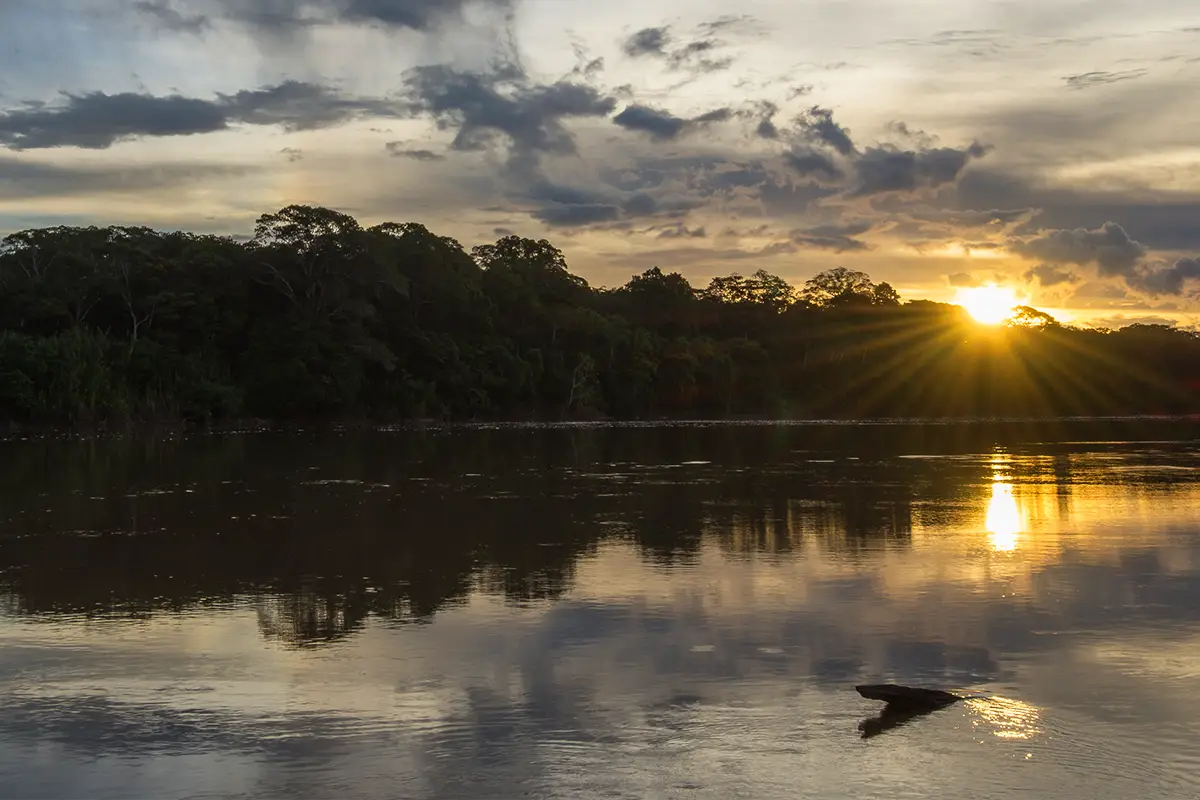

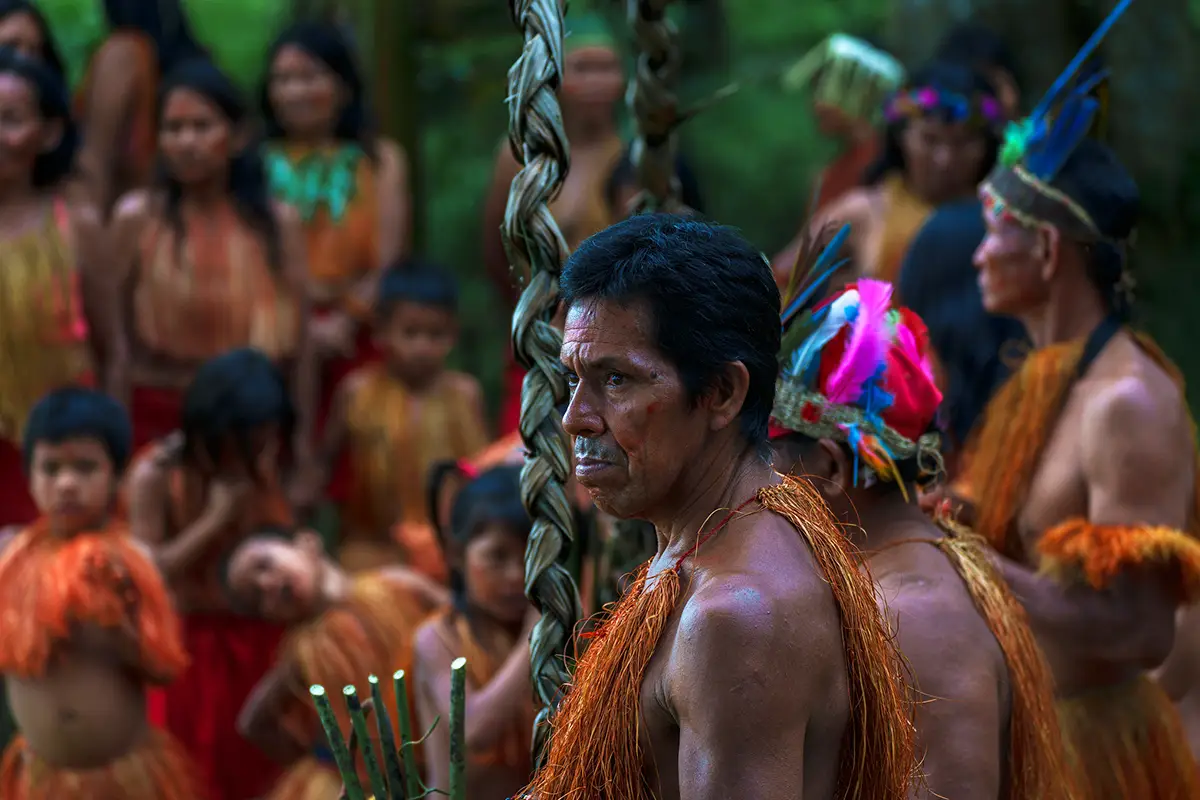
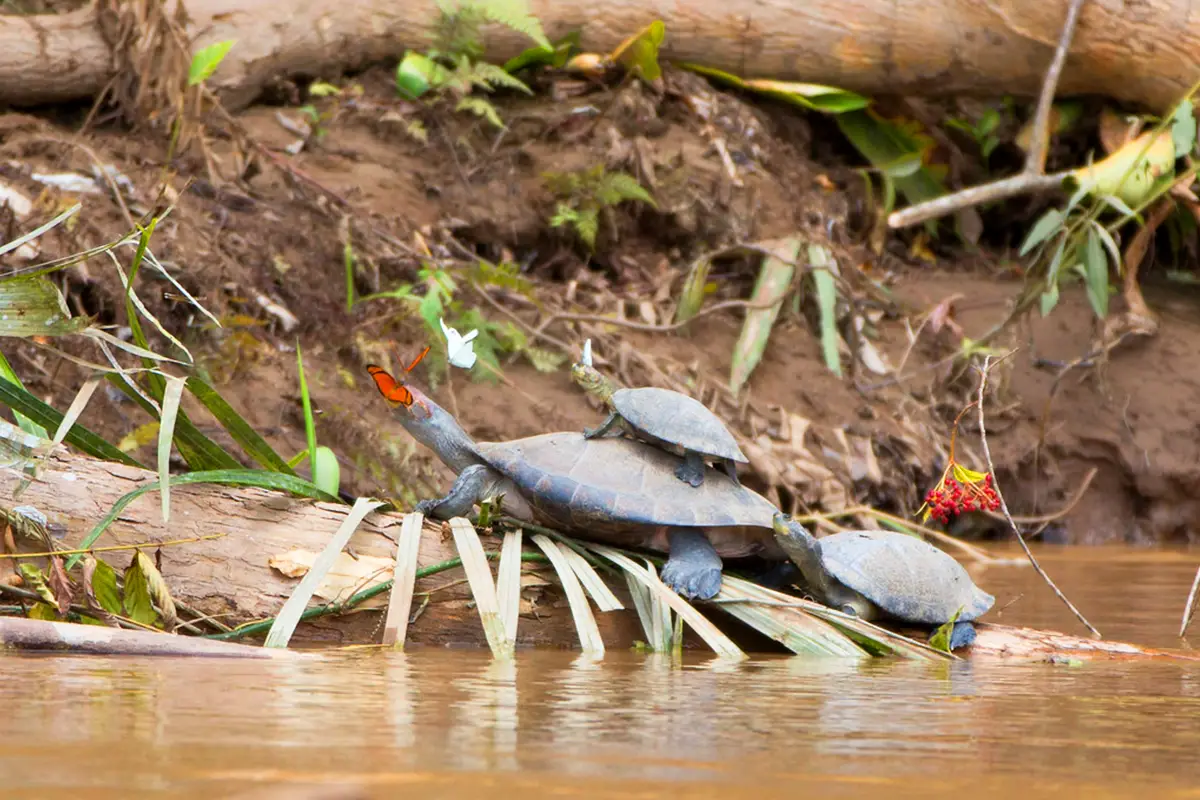
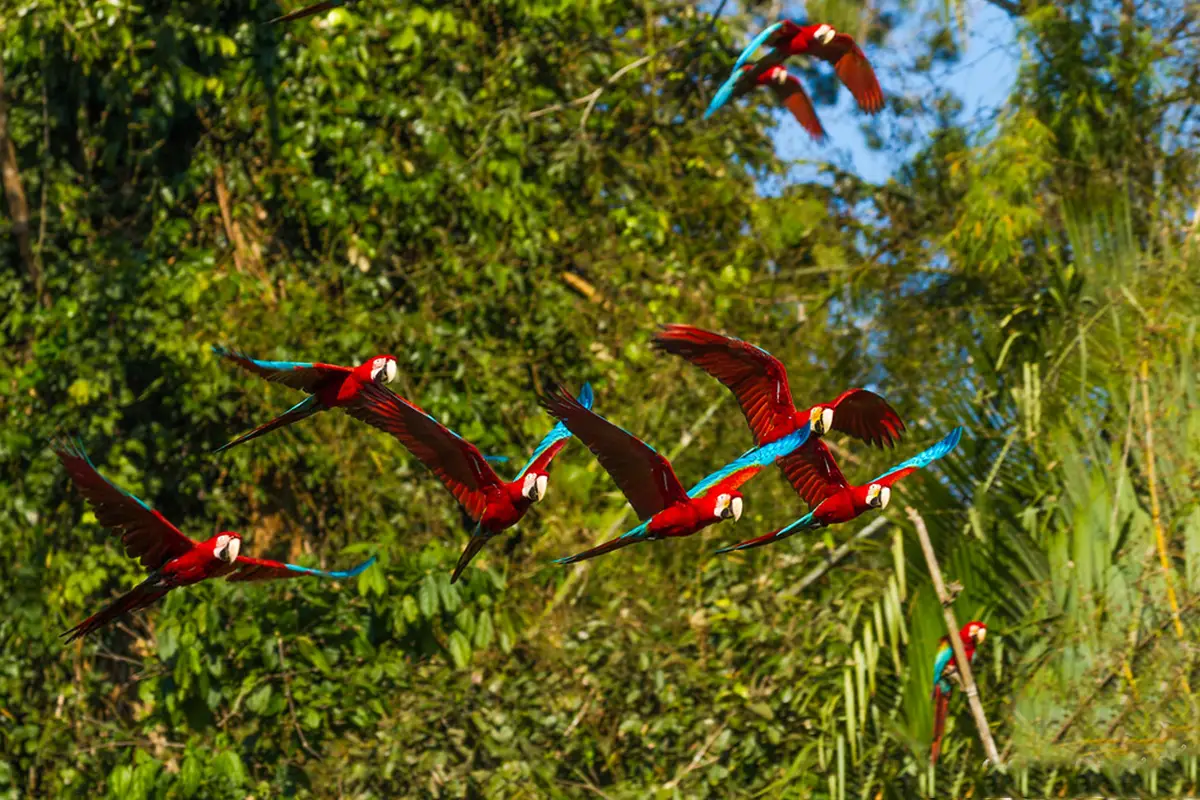
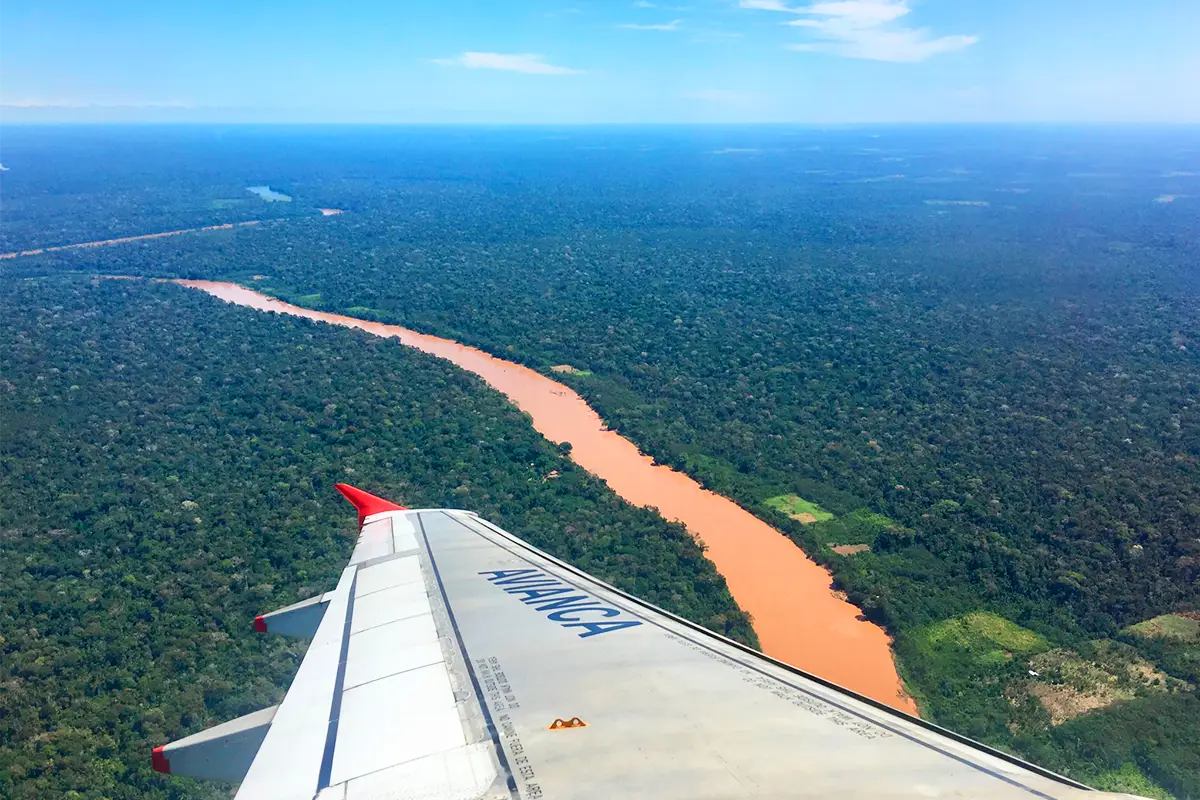

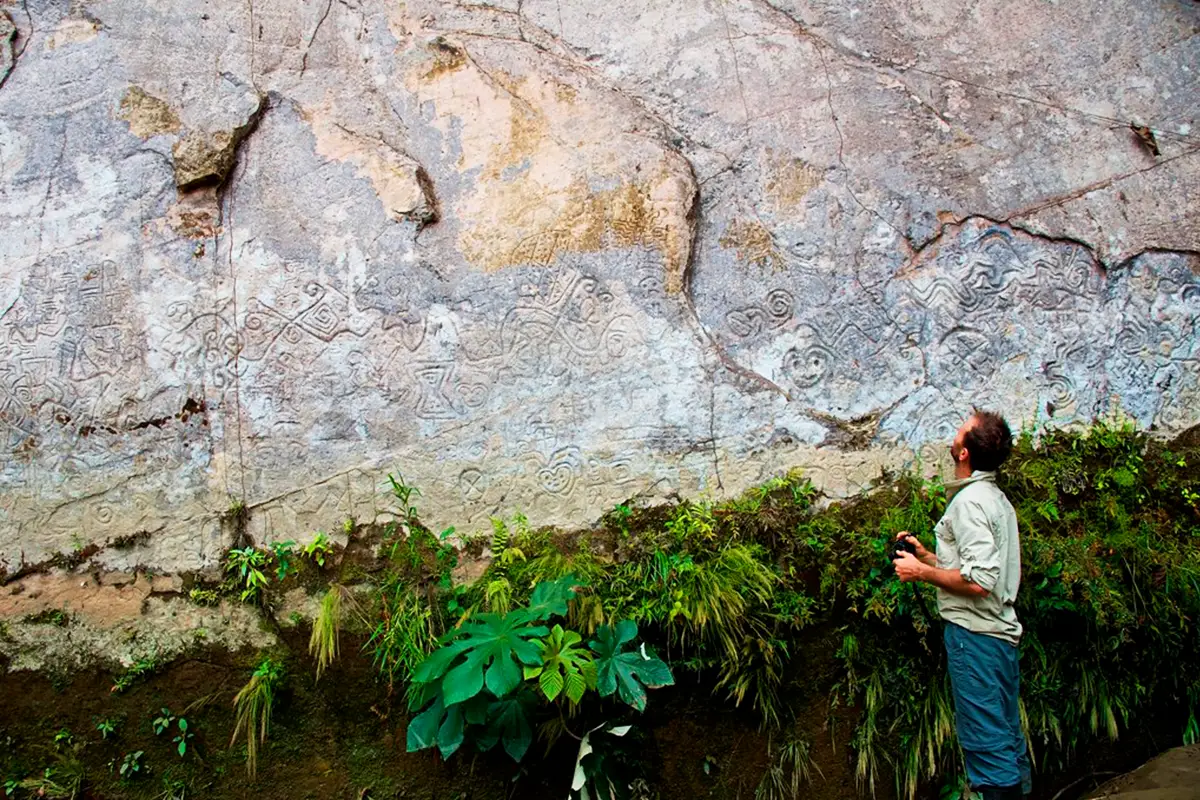
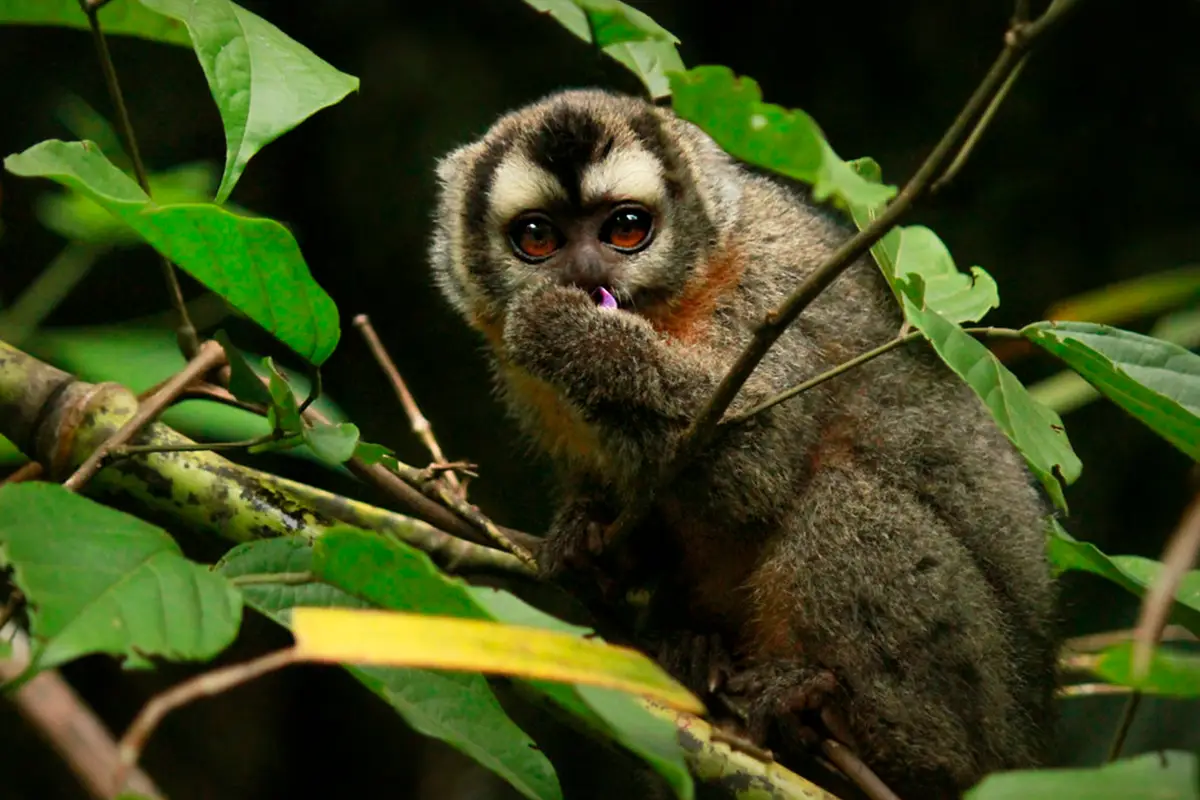


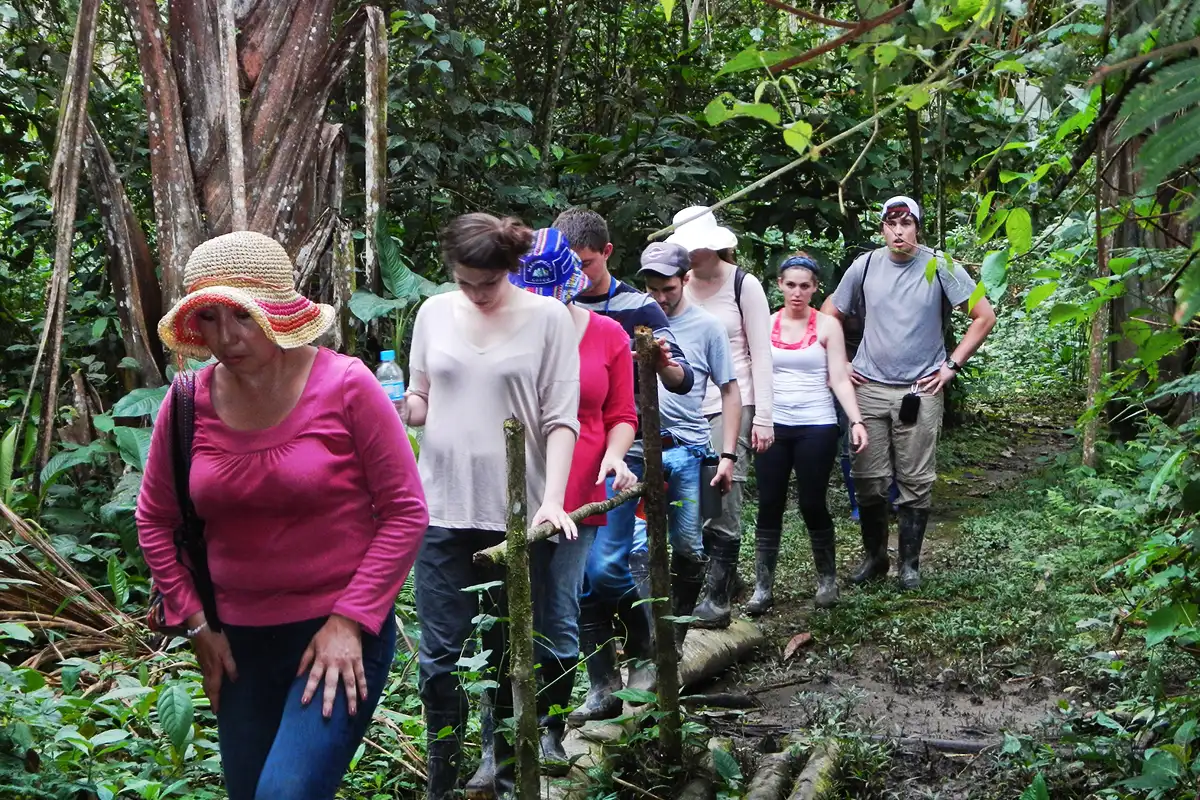
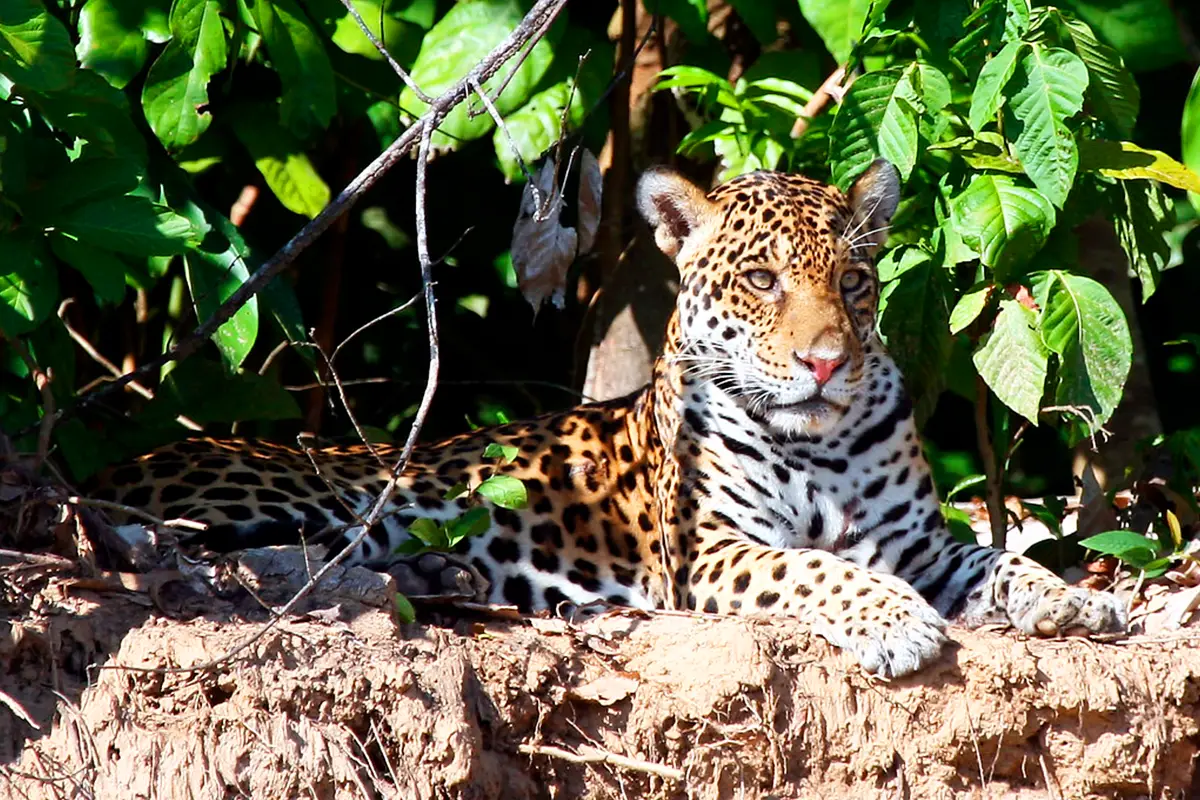
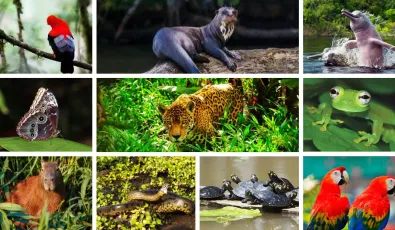
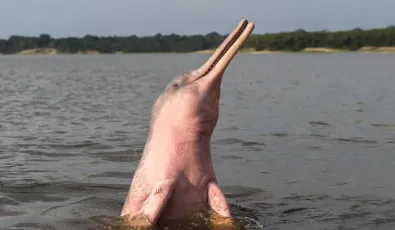
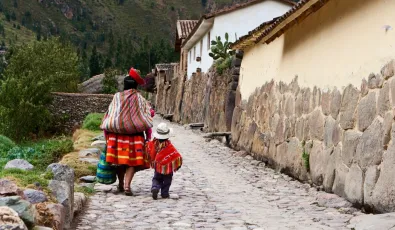


Add new comment